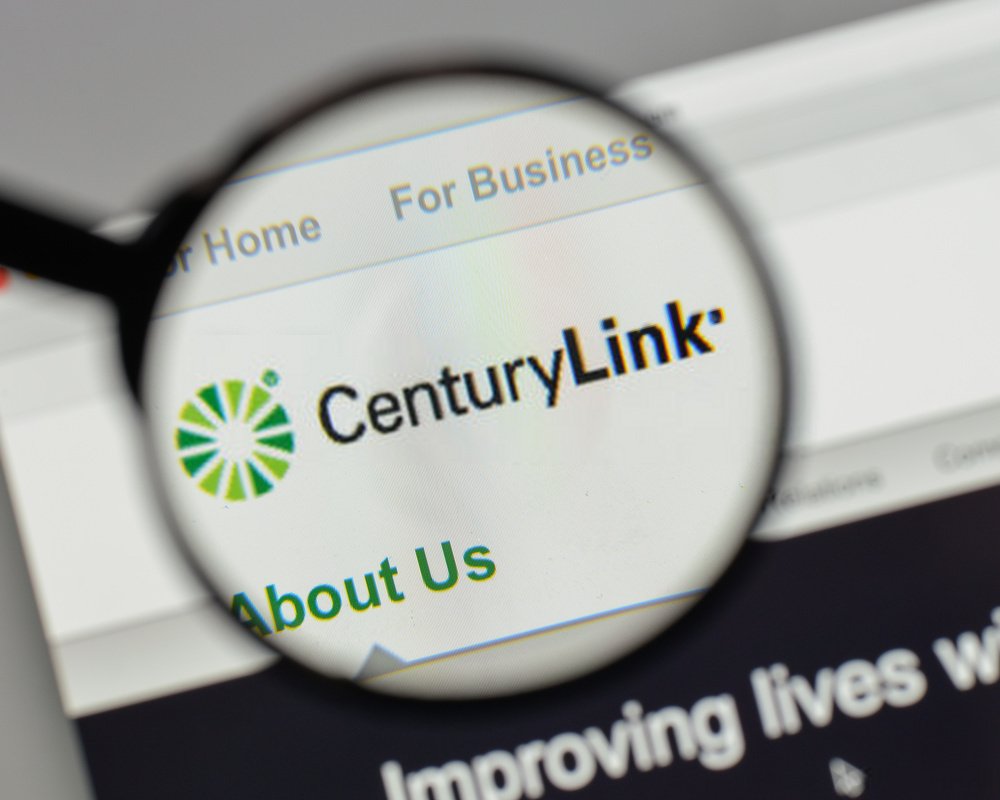
Despite long constituting more than half of the education workforce, women have long struggled to reach the highest levels of leadership.
According to Zippia’s data science team, there are currently over 3,842,796 teachers working in the United States. 74.3% of these nearly 4 million teachers are female.
Regarding school administrators, women make up 55.4% of all principals. In comparison, 44.6% are men, but when it comes to top leadership, the numbers change dramatically, with only 28.5% of all school superintendents being women and 71.5% being men.
These figures highlight women’s difficulties when advancing to the top of a system. Thank goodness, there are plenty of role models for women aspiring to be superintendents.
Read More: Investing in Your Child’s Education: Here’s How
Paving the Way for Women Leaders in Education

Phebe Sudlow was the first female superintendent (opens in new tab). Phebe taught for twelve years before becoming the superintendent of public schools in Davenport, Iowa in 1874. She demanded equal pay for the men who had previously held the position and was granted it by the board of directors who awarded her contract. Ella Flagg Young (opens in new tab), the first female superintendent of an urban school district, benefited from her efforts. She was also the National Education Association’s first female president. She graduated from a regular school and later earned her doctorate from the University of Chicago, where John Dewey served as her dissertation chair.
Maria Montessori is another woman who defined an educational philosophy based on the child’s perspective. That philosophy is still used in education today.
These educational trailblazers paved the way for today’s women and their work.
Phebe Sudlow may have gotten the equal pay she sought, but women still fight for the pay scales they deserve. Even though the gender pay gap is closing(opens in new tab), women continue to earn less than their male counterparts. According to the American Civil Liberties Union, women continue to face challenges in terms of equal economic opportunity and educational equity (opens in new tab),
According to a UNICEF report from 2022 (opens in new tab), school leadership is the second most important in-school factor influencing learning after classroom teaching. The report highlighted evidence indicating a positive relationship between female school leaders and student performance.
Moving Into Leadership

Pursuing your dream of becoming an administrator is always possible, but you must first ensure that you are prepared for the transition. Moving into a leadership position as a woman requires more effort and preparation.
Here are some ideas for developing your leadership skills in your school, district, or community:
Participate in community organizations by volunteering.
Lead a workshop at a department or faculty meeting.
Chair a school or district committee.
Participate in a women’s group.
To get ideas, research other leaders.
Following leaders on LinkedIn to learn what they are doing and how they can help you is another strategy for developing your leadership potential. To get you started, consider the following ladies:
Debbie Magee (opens in new window) – AASA Leadership Network Leader
Katherine Propst, M.D. (opens in new tab) – Project Manager at AASA
Kecia Ray has a Ph.D. in education (opens in new tab) – Hosted ‘The Honor Role,’ a podcast about extraordinary women in education (opens in new tab).
Jungalwala, Julie (Wilson) (opens in new tab) – Is the Institute for the Future of Learning director.
You can also visit WomenEd(opens in new tab), a resource and support network for female leaders in education in the United Kingdom, which has excellent resources applicable to any country. If you’d rather read a good book for motivation, try Kathy Hurley’s Real Women, Real Leaders (opens in new tab).
Although challenges remain, particularly in equity and harassment, there has never been a better time to become an educator leader!
Self-Care Tips for Women in Education Leaders (opens in new tab)
Examining Our History is Critical to Supporting Women in Leadership






One Comment